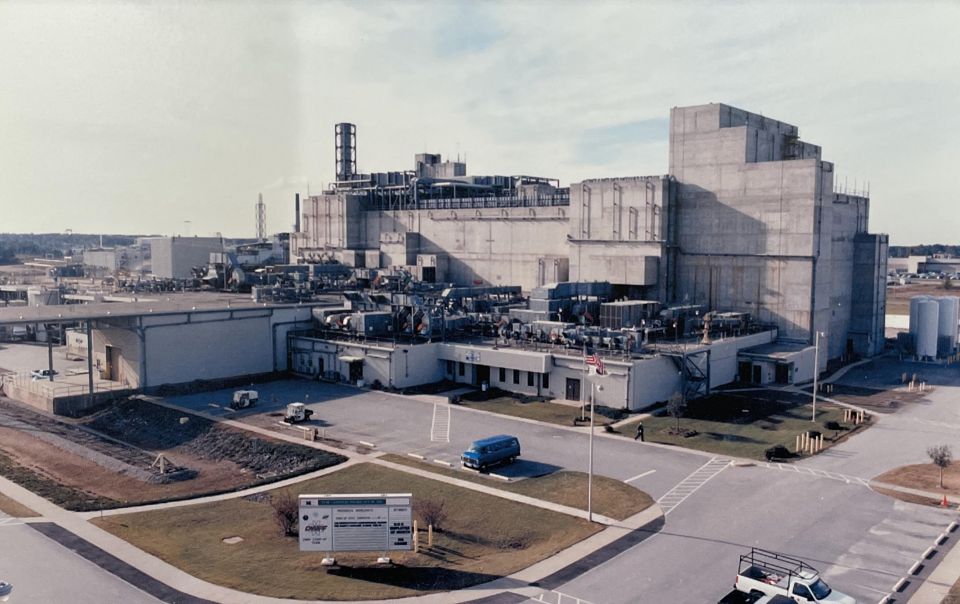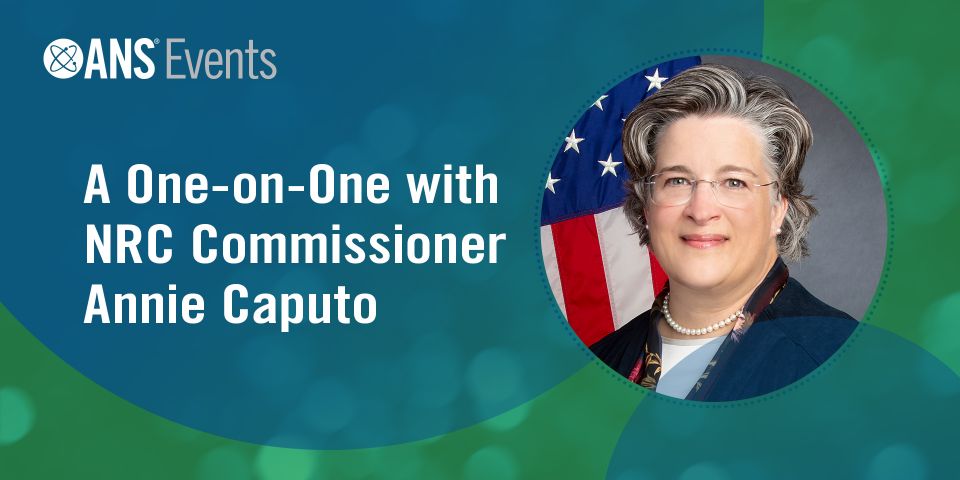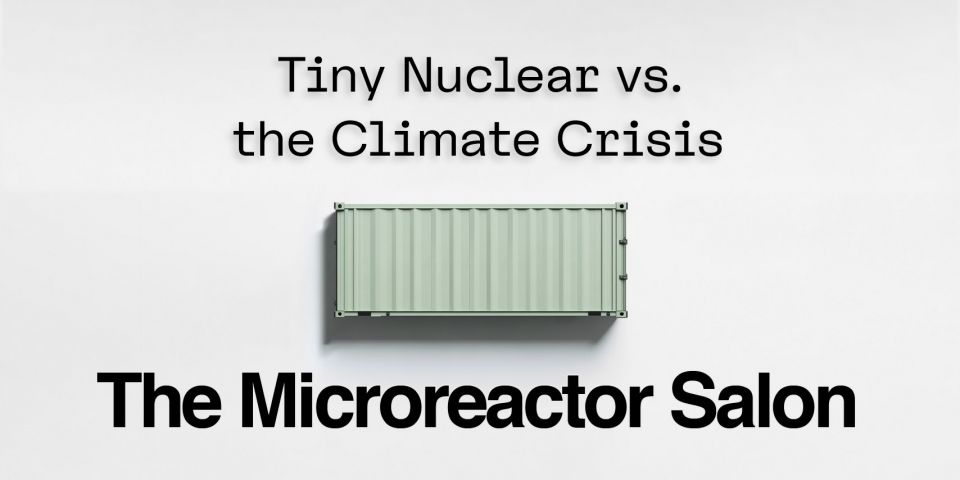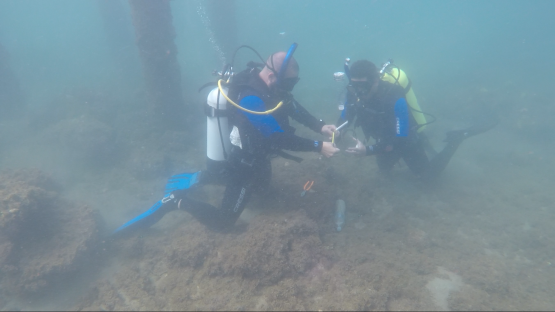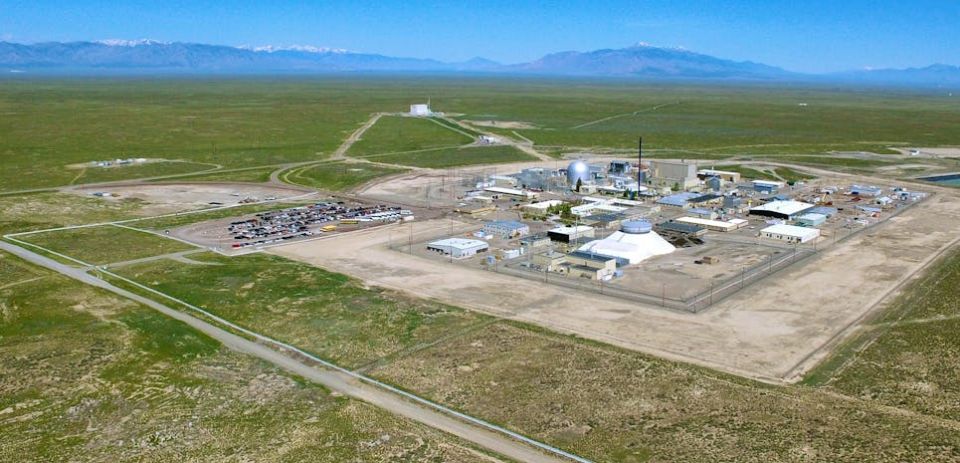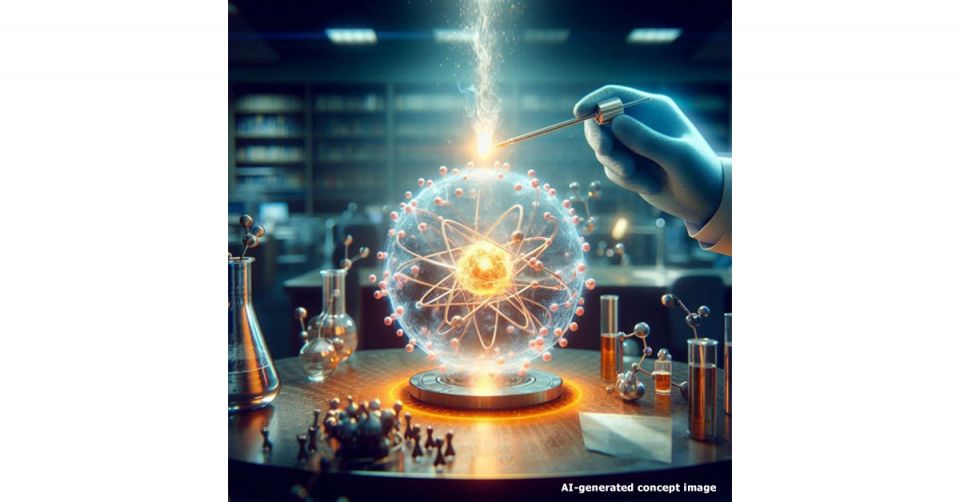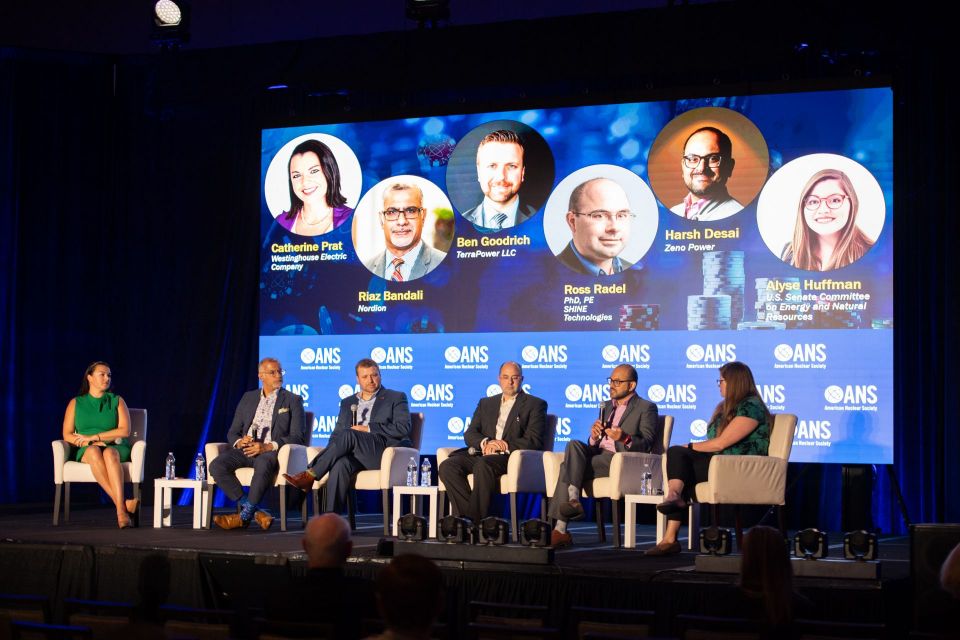The “Future for Nuclear Technology” plenary featured Julie Ezold, head of the Radioisotope Production and Operations Section at Oak Ridge National Laboratory; Avneet Sood, senior scientist at Los Alamos National Laboratory; and William E. Russell, chief scientist at BWXT Nuclear Operations Group.
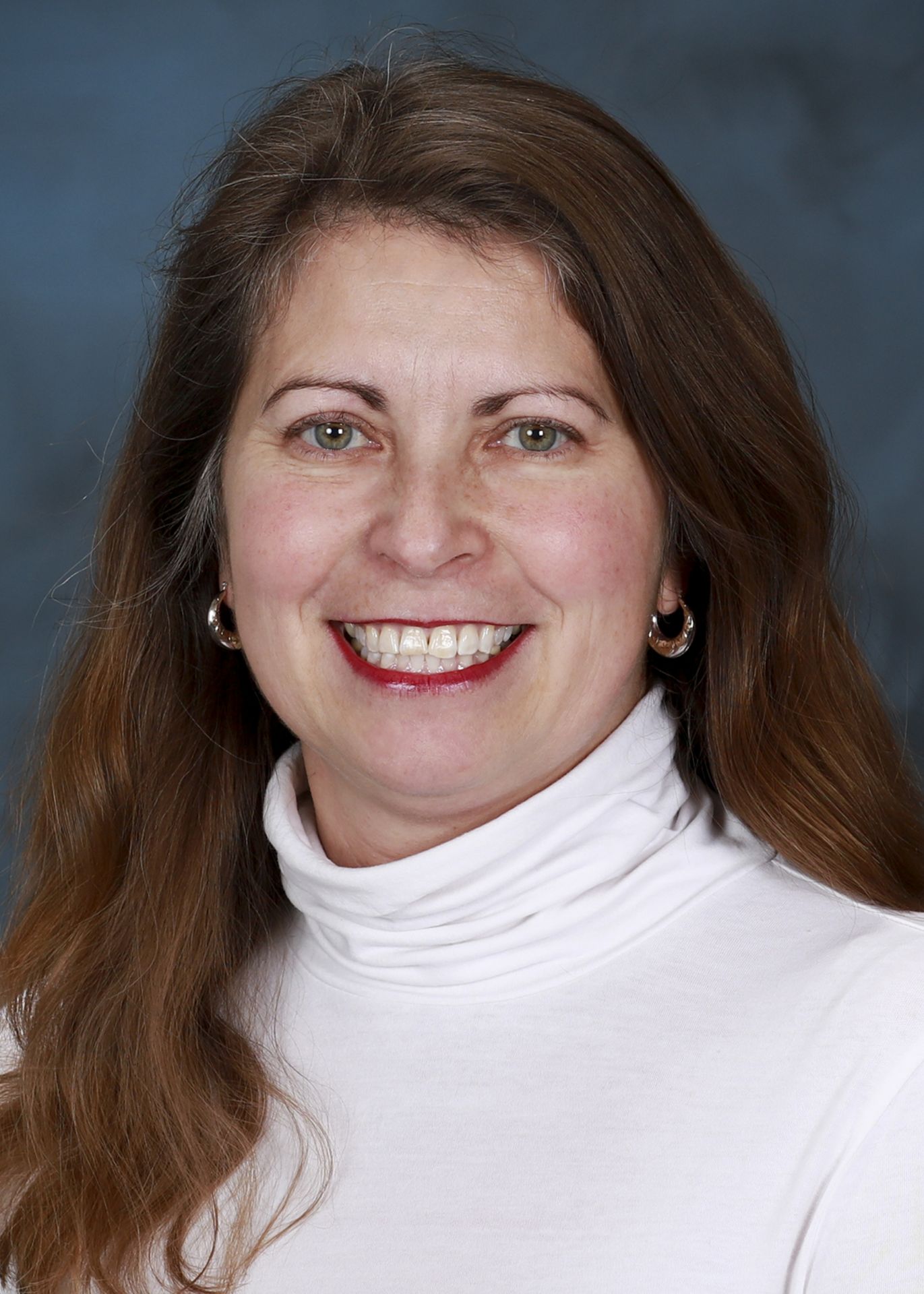
Ezold
Isotope production: Ezold opened the session with a presentation focusing on the Department of Energy’s Isotope Development and Production for Research and Applications program. She described many of the medical applications for reactor and accelerator production of a variety of isotopes, including radium-223 and thorium-227 used in targeted alpha therapy. She also mentioned the industrial applications for certain isotopes, including californium-252, which is used in fuel rod scanning, new reactor startup, and more.
“All of those things you’ve been learning in your classes about neutron capture and cross sections, there is a bigger application for those with respect to isotope production,” Ezold said. “You can apply some of the principles we’ve learned as nuclear engineers for accelerator production.”
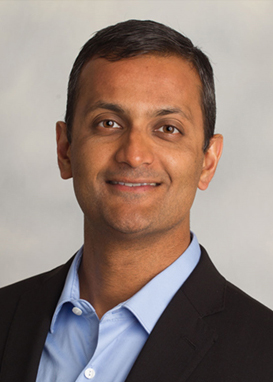
Sood
Microreactors: Sood followed Ezold with some background on LANL, where he focuses his work on nuclear security. But he pointed out that LANL also does research in the life sciences and that some of his colleagues were working on COVID modeling that helped researchers elsewhere create the vaccines.
Sood then turned to discuss microreactors and the unique challenges they offer scientists. He said LANL has gone from modeling and simulation to creating specialized fuel to small-scale testing and using their capabilities to partner with other organizations to move forward.
“It’s an area where, if I were a student, this would be one of the exciting areas because it’s quite novel,” Sood said. “From my seat now, after 20 years in the business, I see how we bring all those capabilities to this kind of a mission.”

Russell
Optimism to spare: Of the three speakers, Russell offered the most enthusiastic outlook for nuclear’s future, especially in finding solutions for climate change, nuclear medicine, nuclear defense and security, and space travel. “We live in an exciting time for nuclear,” he said. “All of you should be so proud of your chosen field. I strongly believe that all of the most important issues facing the world will require an innovation of nuclear to solve.”
Russell advised the students to continually think outside the box for solutions, but don’t be too quick about sharing their ideas. He estimated that only about 10 percent of ideas are solid enough to pursue, so it’s best to do some legwork to see how viable the solution is before letting others know about it.
“The people of this conference will be the individuals to make the nuclear future happen,” he said. “I challenge all of you to be the innovative leaders of our industry.”





